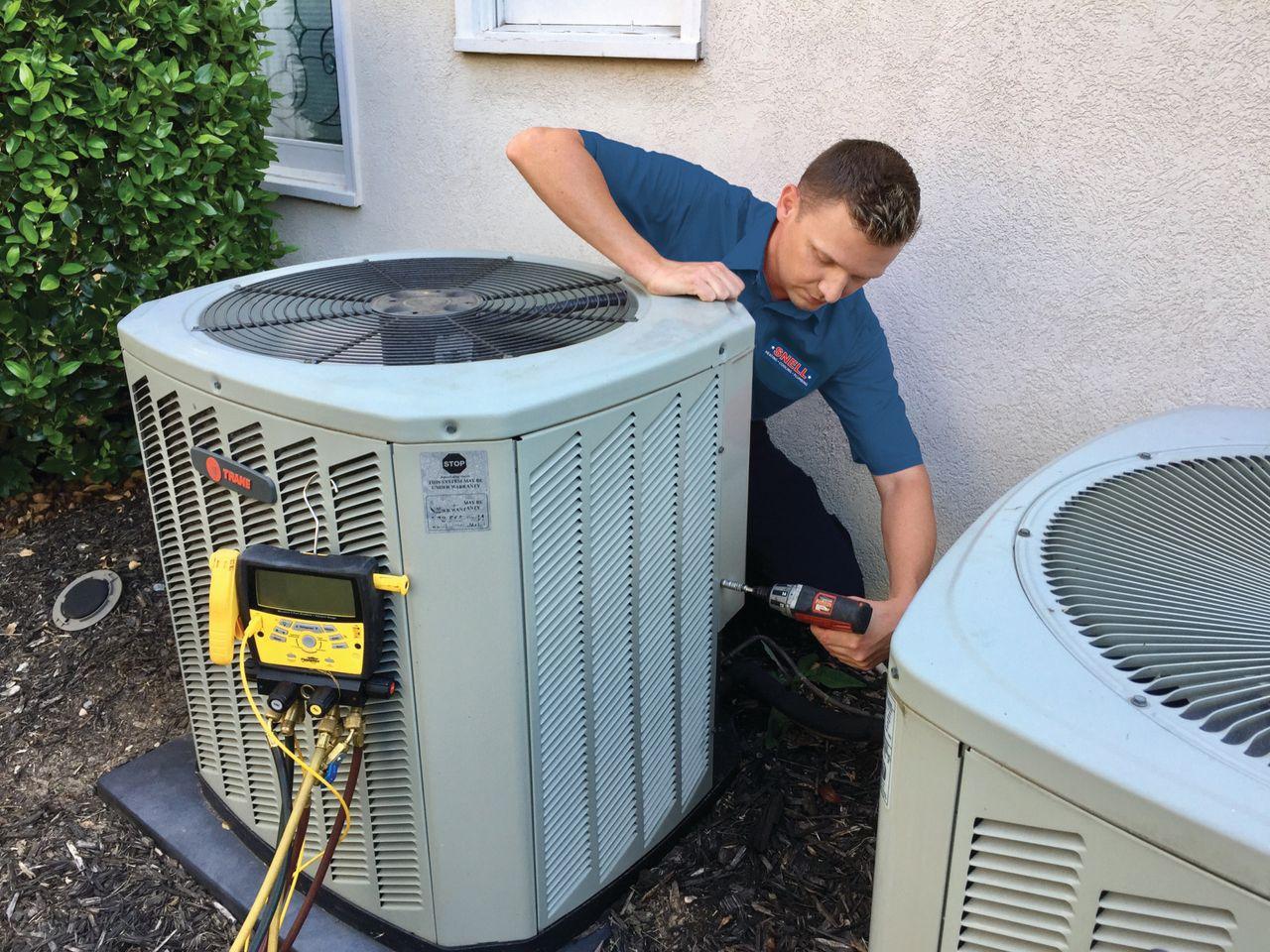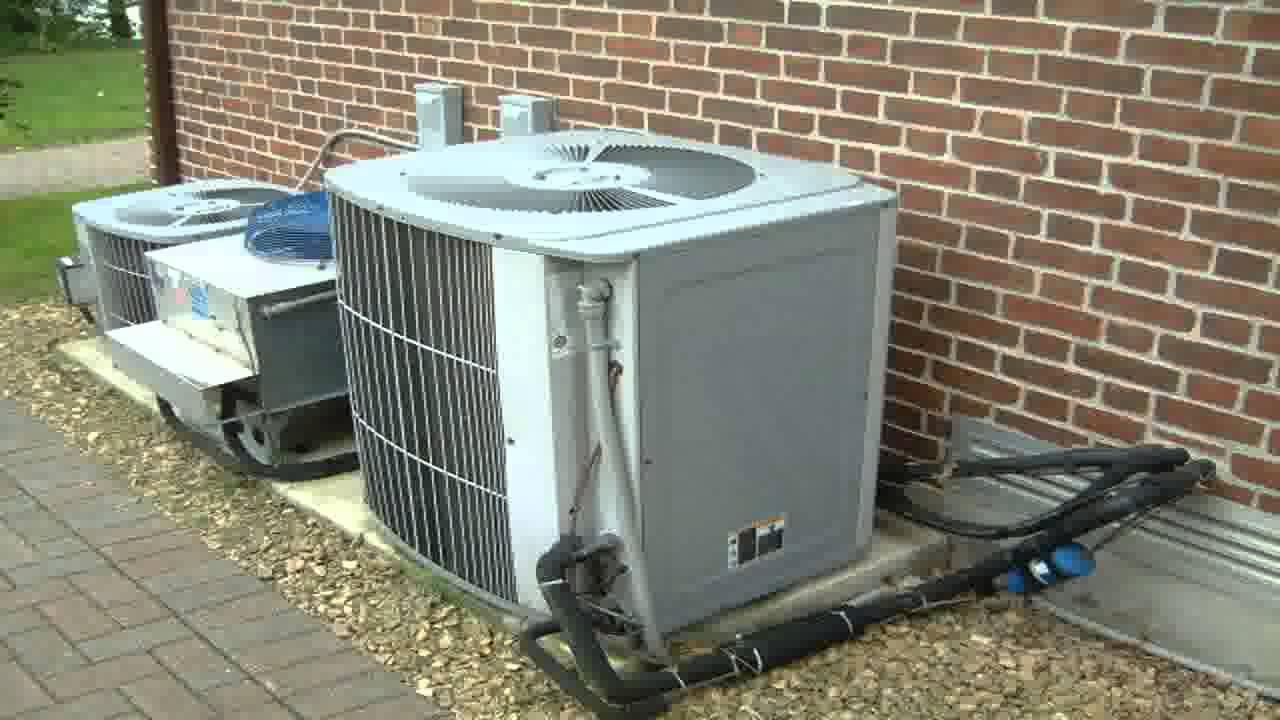Heating systems are crucial for maintaining comfort and efficiency in homes, especially in colder seasons. When considering home heating options, heat pumps and central heating systems are two popular choices. This article will provide an overview of heat pump installation and central heating systems, helping you understand their benefits, differences, and what to expect during installation.
1. What is a Heat Pump System?
A heat pump system is a versatile and energy-efficient solution that provides both heating and cooling. Unlike traditional systems that generate heat, a heat pump transfers heat from one place to another. In the winter, it draws heat from the outside air and brings it indoors. During the summer, the process reverses, transferring heat from inside to outside, which cools the home. This efficient transfer process makes heat pumps highly energy-efficient, as they use significantly less energy than systems that create heat. For homeowners in Little Rock, AR, a heat pump system installation offers a cost-effective and eco-friendly solution for year-round comfort.
2. Benefits of a Heat Pump System
Homeowners choose heat pump systems for various reasons, including energy efficiency and convenience. Here are some of the main benefits:
- Energy Savings: By transferring heat rather than generating it, heat pumps use less energy, lowering monthly costs.
- Year-Round Comfort: Heat pumps provide both heating and cooling, making them a single, convenient system.
- Environmentally Friendly: They produce fewer emissions compared to fuel-based systems, reducing their environmental impact.
- Quiet Operation: Heat pumps operate quietly, making them ideal for homeowners seeking a peaceful environment.
- Long Lifespan: With regular maintenance, heat pumps can last 15-20 years, making them a sound investment.
3. What is a Central Heating System?

A central heating system is designed to heat an entire building from a single source, typically a furnace or boiler. Central heating systems can use various fuel types, including natural gas, oil, or electricity. For those considering central heating system installation in Pensacola, FL, this setup distributes heat throughout the home via ducts, pipes, or radiators, providing consistent warmth across all rooms. This centralized approach makes central heating systems a popular choice, especially in colder climates where homeowners need reliable and consistent heat during harsh winters.
4. Benefits of a Central Heating System
Central heating systems are favored for their consistent and powerful heat delivery. Key advantages include:
- Efficient Heating for Larger Spaces: Central heating is effective for homes with multiple rooms, offering even heat distribution.
- Fuel Flexibility: Central systems can run on gas, oil, or electric power, allowing homeowners to choose their fuel type.
- Temperature Control: Thermostats and zoning options help homeowners control temperatures in different areas, enhancing comfort.
- Compatibility with Various Heating Methods: Central systems can work with radiators, baseboards, or duct systems, making them versatile.
- Long-Term Reliability: With proper maintenance, central heating systems can last for decades, especially when powered by natural gas or oil.
5. Key Differences Between Heat Pump Systems and Central Heating Systems
Although both heat pumps and central heating systems provide warmth, they differ in operation and efficiency. Here’s a breakdown of their key differences:
- Heating Method: Heat pumps transfer heat, while central systems generate it (usually via combustion or electric resistance).
- Energy Efficiency: Heat pumps are more efficient in mild to moderate climates, while central systems perform well in extremely cold areas.
- Dual Functionality: Heat pumps provide both heating and cooling, whereas most central heating systems only offer heat.
- Installation Requirements: Heat pumps require both an indoor and outdoor unit, while central heating systems typically have a single unit inside.
- Environmental Impact: Heat pumps have a smaller carbon footprint, making them an eco-friendly choice.
6. The Heat Pump Installation Process
Installing a heat pump involves several steps to ensure optimal performance and efficiency. Here’s what to expect:
- Home Assessment: An HVAC technician assesses the home’s size, insulation, and layout to determine the best system size and type.
- Choosing the Right System: Based on the assessment, the technician recommends a heat pump model suited to the home’s needs.
- Installing Indoor and Outdoor Units: Heat pumps have two main components, one inside and one outside, which are strategically installed to maximize airflow and efficiency.
- Connecting the Refrigerant Lines: Refrigerant lines are installed to enable the transfer of heat between the indoor and outdoor units.
- Testing and Calibration: Once installed, the system undergoes testing to ensure it functions at peak efficiency.
- Instruction and Maintenance Tips: Homeowners receive maintenance guidance to help keep the heat pump operating smoothly.
Proper heat pump installation by a professional is essential, as it impacts the system’s performance, energy savings, and lifespan.
7. The Central Heating System Installation Process
Central heating systems require careful installation to deliver consistent and reliable heat. Here’s a look at the process:
- System Sizing and Planning: Technicians evaluate the home’s layout, insulation, and size to select a properly sized furnace or boiler.
- Ductwork or Pipe Setup: Ducts (for forced-air systems) or pipes (for water-based systems) are installed to distribute heat evenly throughout the home.
- Furnace or Boiler Installation: The main unit is placed in an accessible area, often in the basement or utility room.
- Thermostat Setup: A thermostat is installed, allowing the homeowner to control temperature and heating zones.
- Safety Checks and Testing: Technicians perform safety inspections and testing to ensure safe and efficient operation.
- Homeowner Instruction: Homeowners are guided on system controls and given tips for maintenance to keep the system running efficiently.
Central heating installation should be handled by licensed professionals to ensure safety and optimal performance.
8. Which System is Right for You?
Choosing between a heat pump and a central heating system depends on several factors. If you live in a mild climate and need both heating and cooling, a heat pump may be the best choice due to its energy efficiency and dual functionality. For colder regions where reliable heat is essential, a central heating system might be more suitable, especially if you prefer a fuel-based option. Homeowners interested in eco-friendly systems may find heat pumps appealing, while those with larger homes may appreciate the power and even distribution of central heating.
Conclusion
Both heat pump systems and central heating systems offer unique benefits, making them popular choices for home heating. A heat pump is an efficient option for year-round comfort, while a central heating system provides robust heating during cold winters. By understanding these systems’ installation processes, benefits, and differences, homeowners can make an informed decision that best suits their climate, home size, and heating needs. Proper installation by professionals is crucial for maximizing efficiency, safety, and long-term performance in either system.
Top of Form
Bottom of Form
